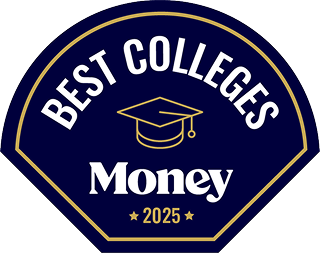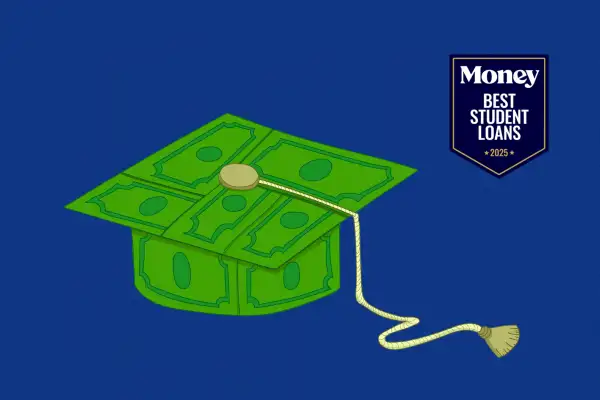An unusual public-private hybrid, Cornell has a unique position in the Ivy League. New York State residents can enroll in certain Cornell colleges and pay about $23,000 a year less than the tuition charged to the rest of the university.
Cornell has a reputation as the largest and typically the least selective of the Ivies, accepting about 7.5% of applicants into its 15,000-person undergraduate population. Cornell's private side includes a highly respected College of Arts & Sciences, as well as architecture and hotel administration programs that are considered leaders in their respective fields. Recent grads tend to find high-paying jobs, and the median annual salary 10 years after enrolling is about $104,000.
Cornell celebrates several campus traditions, one of the most beloved of which is Slope Day, a celebration of the end of winter that includes food, beer, carnival games, giveaways and musical performances by the likes of Gunna and Louis the Child.
The university is located in one of the country's top college towns, Ithaca, and thanks partly to nearby Ithaca College, college-aged students comprise a large portion of the local population. There are numerous bars and restaurants, a good music scene and many opportunities for outdoor recreation.





